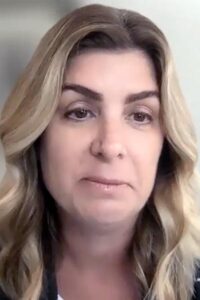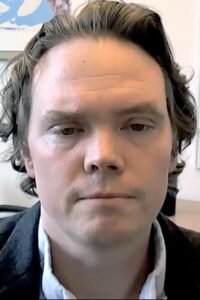
Sleep medicine is in a bind. More people than ever before are aware of sleep medicine, more people than ever before have sleep disturbances, and the sleep medicine workforce is shrinking. Remote monitoring, portable testing, and other technological innovations enable better patient care, but sleep training has been slow to keep up with evolving technology, evolving needs, and evolving opportunities in nontraditional pathways.
“Efforts to infuse sleep education at all levels have not been as successful as we had hoped,” said Ilene M. Rosen, MD, MSCE, Associate Professor of Medicine and Assistant Dean for Graduate Medical Education, University of Pennsylvania University of Pennsylvania. “It is difficult to get more time in the training curriculum.”
Dr. Rosen opened the session, Sleep Medicine: A Vision for the Future, with a look at current efforts to bring more sleep medicine training to all levels of medical education. The entire session is available on demand to registered CHEST 2021 attendees through October 1, 2022.
Both the Accreditation Council for Graduate Medical Education (ACGME) and American Board of Medical Specialties (ABMS) have recognized sleep medicine, but that recognition entailed an additional year of medical education, Dr. Rosen said. At the same time, reimbursement for sleep studies has decreased and the sleep medicine workforce is contracting.
“Our workforce is retiring faster than we are training replacements,” she said. “Last fall, only 165 of 179 certified sleep fellowship positions were filled and 45% of 154 accredited medical schools are without a sleep fellowship.”
That slowdown in sleep training coincides with growing public recognition of the importance of sleep disturbances. The US alone has 23.5 million people with undiagnosed sleep apnea and 24.2 million who complain of chronic insomnia.
An American Academy of Sleep Medicine (AASM) sleep-disordered breathing collaboration summit looked at sleep training. CHEST and other participants focused on greater exposure to sleep medicine at the undergraduate and graduate levels of medical education, improved professional education for continuing medical education and maintenance of certification credits, and improved educational opportunities for advanced practice providers.
One problem is the lack of mandates for improved sleep education. Neither medical educators, medical students, nor medical providers are eager to embrace additional training time in an already-crowded curriculum without prodding from ACGME or ABMS.
ACGME launched Advanced Innovation in Residency Education (AIRE) as part of a national move to competency-based training. AIRE included two pilot projects to expand sleep education. Funded by AASM, the $4 million, 5-year program aimed to enroll 10 new trainees.
That 10-trainee goal was met in the first 2 years, Dr. Rosen noted, and the programs are growing.
Another approach to extend the reach of sleep medicine is to redesign processes of care by focusing on the triple aim of improving population health, improving patient experiences, and reducing per capita costs. Telemedicine, new ambulatory care pathways, home sleep apnea testing, and new generations of autotitrating positive air pressure (PAP) devices can meet all three aims.

Adding telemedicine to the sleep toolkit can help expand the geographic reach of existing sleep specialists, noted Lucas Donovan, MD, Assistant Professor of Pulmonary, Critical Care and Sleep Medicine, University of Washington. So can home sleep testing.
“Ambulatory approaches such as home-based testing are more accessible to more patients, produce similar outcomes as conventional sleep lab testing, and are preferred by many patients,” he said. “There are gaps in the evidence, not evidence of superiority of polysomnography, for meaningful patient-centered outcomes. Per-capita costs are 25% to 75% lower than PSG in randomized controlled trials.”
The shrinking sleep specialist workforce suggests another innovation, embracing primary care providers, APPs, respiratory therapists, and other alternate care providers with less formal training in sleep medicine. Relative to sleep specialists, the US has 19 times more primary care providers, 20 times more respiratory therapists, and 500 times more registered nurses.
Trials show comparable outcomes in terms of CPAP adherence and patient reported outcomes, Dr. Donovan said. He noted gaps in evidence, not strong evidence of superiority, for sleep specialists vs alternate care providers for meaningful patient outcomes and per capita costs.
Another approach is a hub-and-spoke care model. Sleep specialists and lab-based evaluation are the hub, with alternate care providers, ambulatory pathways, and telemedicine as the spokes.
“Integrated health systems such as Kaiser or the Veterans Administration can easily integrate pathways and cross referrals between lower complexity cases handled by alternate care providers and high-complexity cases by sleep specialists for initial and follow-up care,” Dr. Donovan said. “It is more difficult in a fee-for-service model, but innovations such as bundled care can help ease the transition.”
ACCESS SESSIONS ON DEMAND
Registered CHEST 2021 attendees have continued access to 200+ educational sessions until October 1, 2022. Watch sessions on your own schedule and earn up to 50 CME credits/MOC points.
Don’t forget to claim your credit! The deadline is December 15, 2022, at 11:59 pm CT.





